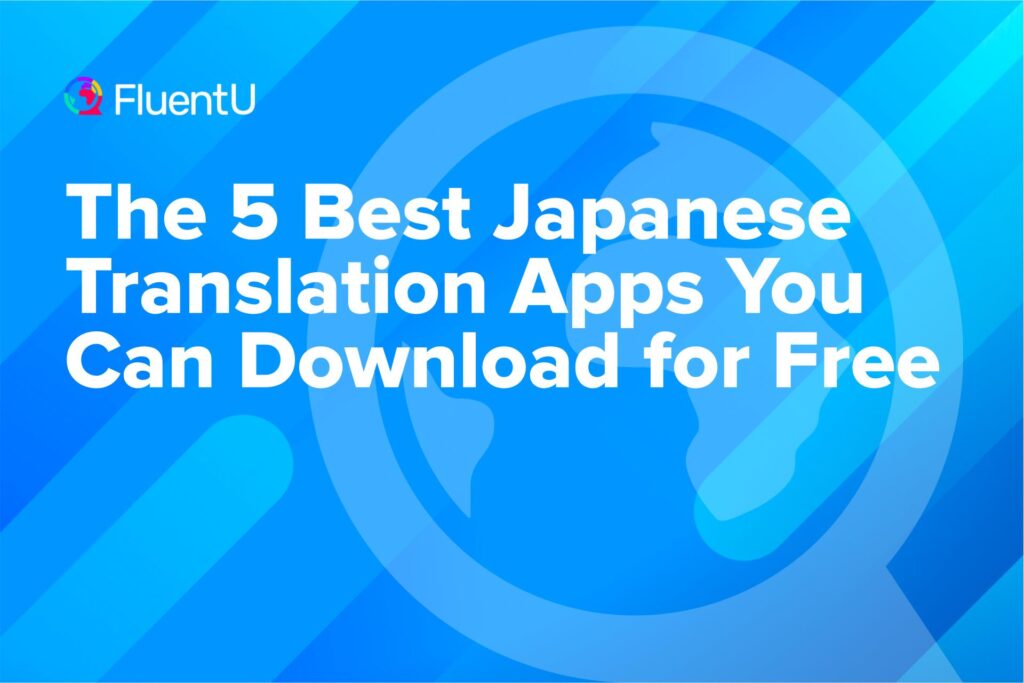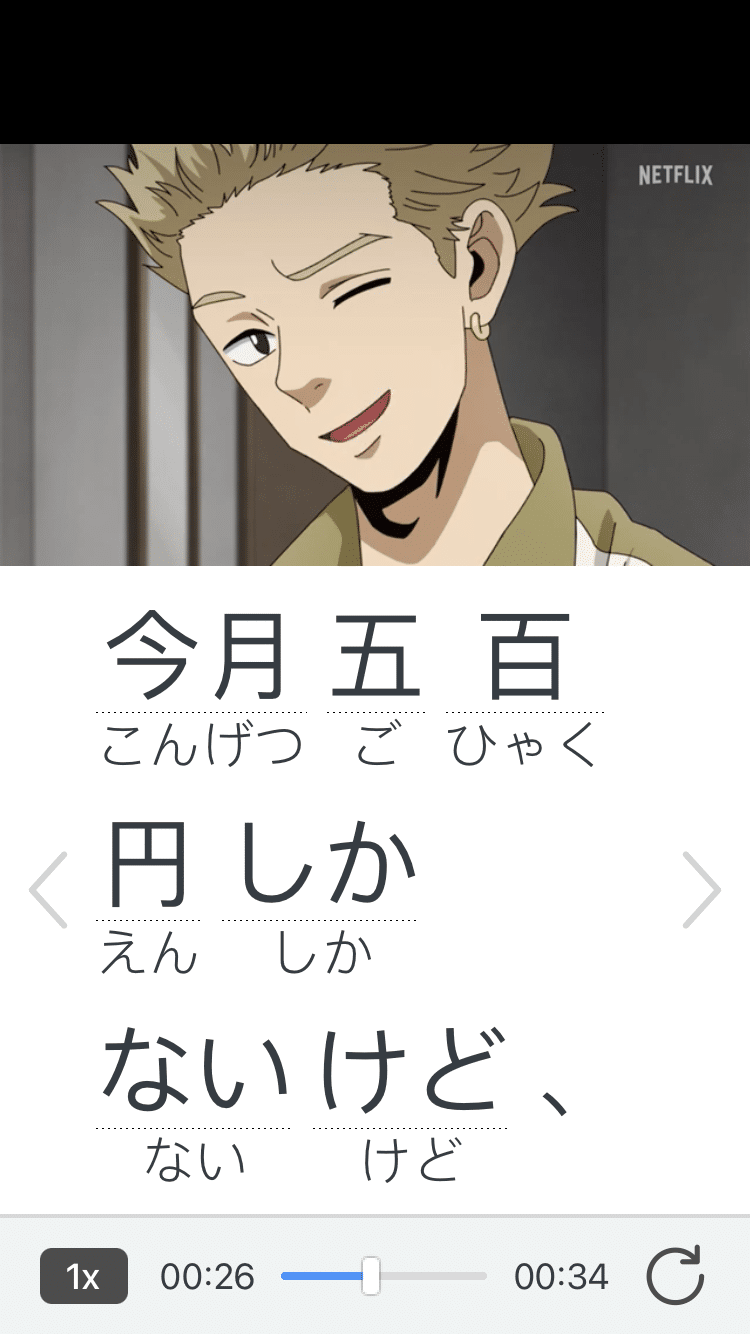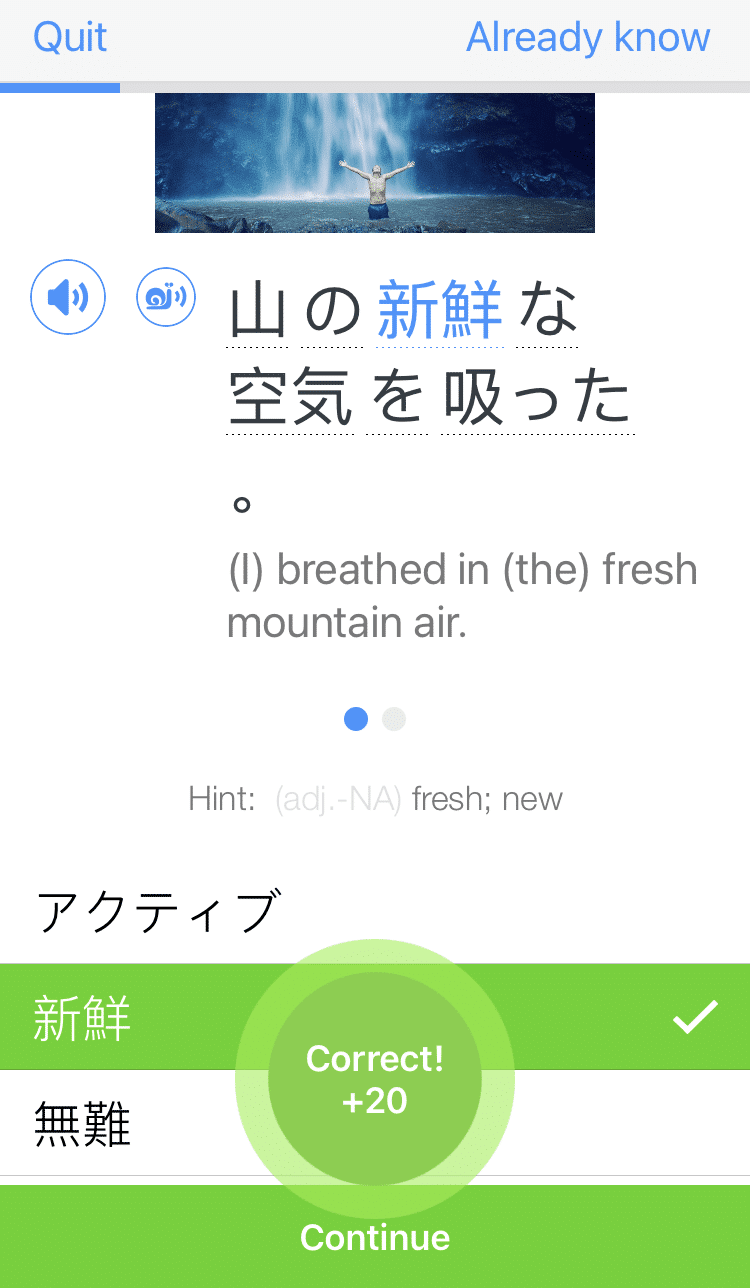The 5 Best Japanese Translation Apps You Can Download for Free

Nowadays, translation apps allow people with two different mother tongues to have full-on conversations, no interpreter required. It’s really quite revolutionary if you think about it.
But finding the right Japanese translation app for you can prove difficult if you’re unfamiliar with what’s available, and how you want it to work.
Whatever your case, we’ve got five great Japanese translation apps, personally tested and reviewed by me—a Japanese learner.
Download: This blog post is available as a convenient and portable PDF that you can take anywhere. Click here to get a copy. (Download)
Google Translate
Input method: Text, camera, voice
The Google Translate smartphone app is, simply put, the best translation app on the market. And it works very well with Japanese. It has a very user-friendly interface and advanced language processing capabilities that have never let me down.
You can type or speak what you want to say and you’ll get instant translations in real-time. The app also has camera translation, so you can take a photo or just point your camera at signs, menus, or written text and receive quick translations. If you download beforehand, the app offers offline functionality, too, enabling translation even when an internet connection is unavailable.
Waygo Translator & Dictionary
Input method: Text (typed and handwritten), camera
Ever tried and failed miserably to read a sign in Japanese? Well, with Waygo, you don’t have to play the part of embarrassed 外人 (がいじん – foreigner) anymore.
This is a neat, handy little app geared toward translating everyday Japanese characters into English. Unlike some other translation apps, Waygo uses your smartphone’s camera function to capture images of Japanese kanji, and then instantly displays a translation.
This app can also be used for kanji practice as well as everyday translation of signs and notices. If you’re living in Japan, this is the app for you. Honestly, it sure beats memorizing thousands of kanji just so you can read the name of that one mouth-watering entrée.
The best part of this app is that you don’t need an internet connection.
iTranslate
Input method: Text, voice, camera
iTranslate works really well. I know from personal experience, because this is the app I used when I traveled around the Land of the Rising Sun recently. It’s intuitive and smartly designed and it has advanced language recognition technology, so I found that the translations were almost 100% accurate.
You can speak into your phone and iTranslate almost instantly translates into Japanese, with a romaji (Japanese written in the Latin alphabet) pronunciation guide. iTranslate also has a voice playback option, which allows you to “speak” to others just by holding up your phone. I tried this and it really worked well as long as you have your volume turned up high enough.
PapaGo
Input method: Text, voice, camera

Part if the new generation of AI translators, I loved this app because of its multiple input methods. You can take a photo, speak into it, or you can just type a sentence you want translated, old school style. The translations appear almost instantly, and PapaGo states that they have robust language algorithms ensure accurate and reliable translations, so you won’t get caught out saying something wrong or weird.
The app also has an offline mode, allowing translation access even without an internet connection, but this doesn’t work quite as well as the online version in my opinion, because it seems that the translation loses some nuance.
Japanese Translator Offline
Input method: Text

This app is super helpful in every day life in Japan. I loved Japanese Translator Offline app for its reliable, no bells-and-whistles English-Japanese-English translations. The best aspect of this app is that you don’t need an internet connection to use it, which solves a common problem for many travelers, including me.
The app comes loaded with a comprehensive database of words, phrases, and sentences. The interface is super easy to use and that the app’s intuitive design makes it easy to navigate after only one use. Because you can use the app offline, you’ll likely find yourself using this one more than some of the web-dependent apps. I know I did.
How to Find the Best Japanese Translation Apps
- Avoid dictionaries and beginner’s phrasebooks. When you search an app store for Japanese translation apps, look for titles with the words “translator” and “translate” and avoid anything solely labeled as a “dictionary” or “beginner’s phrasebook.”
- Expand your search to include multi-language translators. Although your main language of study is 日本語 (にほんご – Japanese), don’t restrict your searches to “Japanese translation apps.” There are a ton of high-quality, multi-language translation apps with crisper interfaces and savvier features.
- Look at ratings and reviews. It’s important to remember that the people downloading Japanese translation apps are, in one way or another, a lot like you. So believe the ratings and make sure to skim the reviews to get an idea of the pros and cons of each app.
- Test out (free) apps. If you find a Japanese translation app you like, give it a download—so long as the app is free or a free version. Never purchase a translation app without testing it first. After your self-determined trial period, if you like the app, keep it and consider purchasing its upgrade in the future.
- Expand beyond translations. Translation apps come in all different shapes and sizes, and there are some apps that take translations a step above simple dictionary features. The FluentU program, for instance, features a contextual dictionary that’s embedded in the subtitled of hundreds of native Japanese videos. Explore your possibilities to find more options.
FluentU takes authentic videos—like music videos, movie trailers, news and inspiring talks—and turns them into personalized language learning lessons.
You can try FluentU for free for 2 weeks. Check out the website or download the iOS app or Android app.
P.S. Click here to take advantage of our current sale! (Expires at the end of this month.)

These days, there’s no need to stress about using Japanese. Whether you’re practicing alone or conversing with a Japanese friend, with any one of these translation apps you’ll become a native Japanese speaker instantly—and have loads of fun doing it.
So what’s my last piece of advice?
Start speaking Japanese and make sure your phone is fully charged!
Download: This blog post is available as a convenient and portable PDF that you can take anywhere. Click here to get a copy. (Download)
And One More Thing...
If you love learning Japanese with authentic materials, then I should also tell you more about FluentU.
FluentU naturally and gradually eases you into learning Japanese language and culture. You'll learn real Japanese as it's spoken in real life.
FluentU has a broad range of contemporary videos as you'll see below:

FluentU makes these native Japanese videos approachable through interactive transcripts. Tap on any word to look it up instantly.

All definitions have multiple examples, and they're written for Japanese learners like you. Tap to add words you'd like to review to a vocab list.

And FluentU has a learn mode which turns every video into a language learning lesson. You can always swipe left or right to see more examples.

The best part? FluentU keeps track of your vocabulary, and gives you extra practice with difficult words. It'll even remind you when it’s time to review what you’ve learned. You'll have a 100% personalized experience.
Start using the FluentU website on your computer or tablet or, better yet, download the FluentU app from the iTunes or Google Play store. Click here to take advantage of our current sale! (Expires at the end of this month.)











